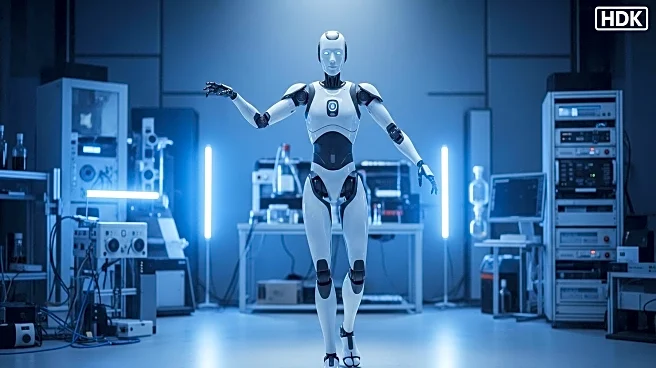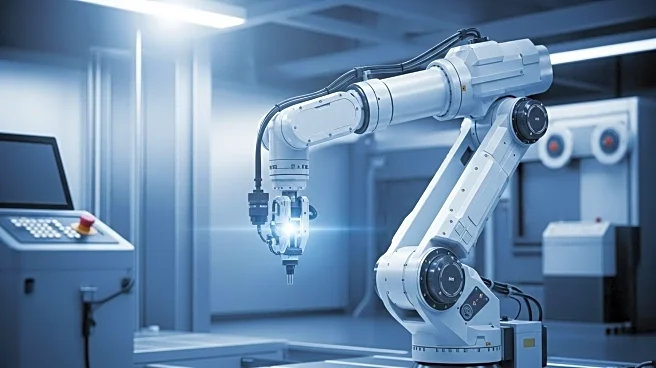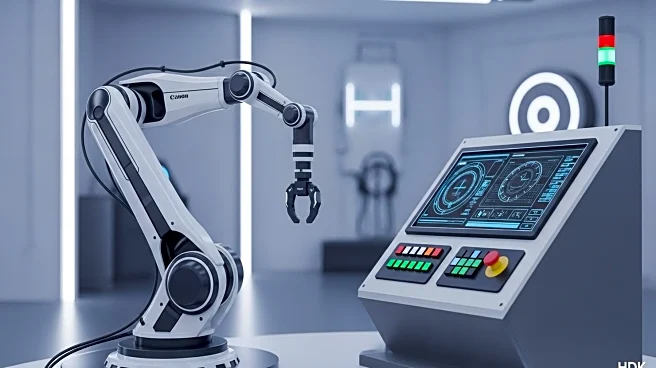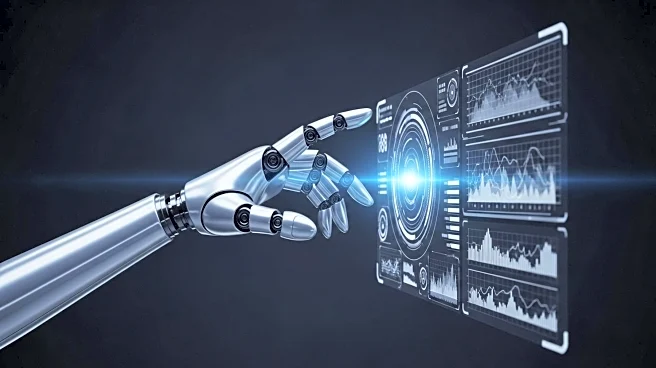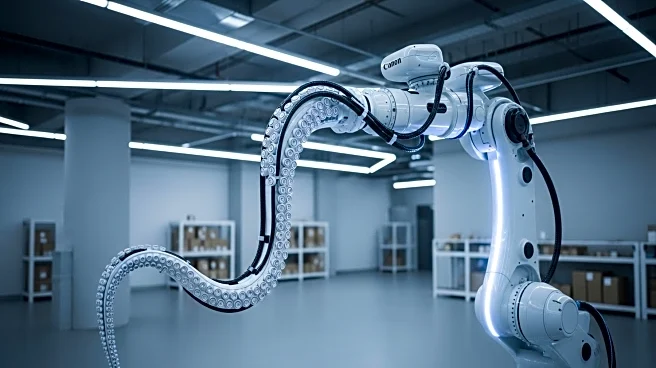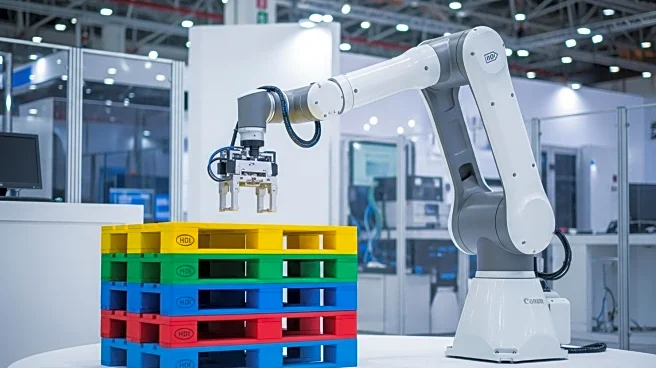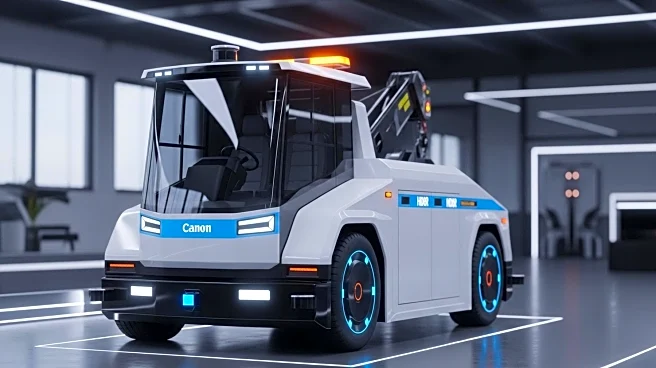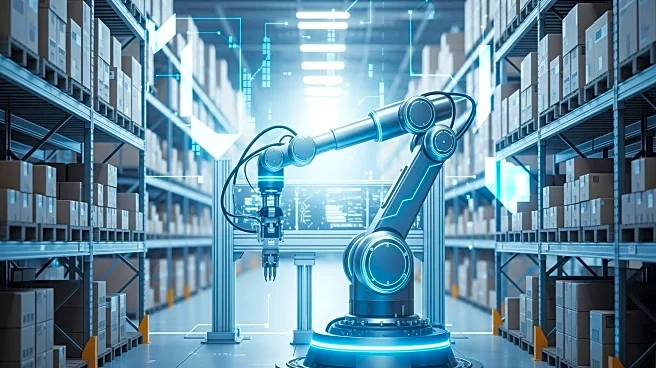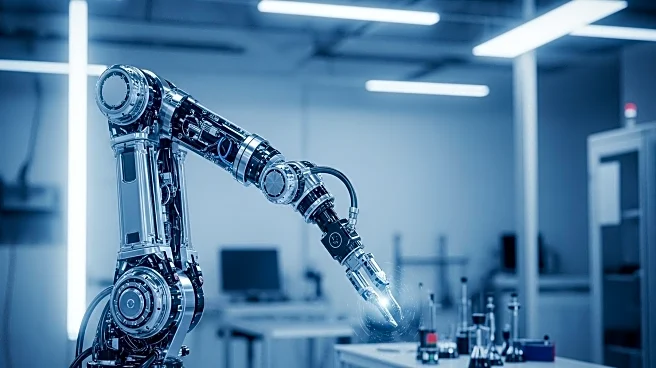What's Happening?
Agility Robotics has introduced a whole-body control foundation model for its Digit humanoid robot, designed to enhance stability and safety while performing various tasks. This model functions similarly to the human motor cortex, coordinating voluntary movements and fine motor skills. It is trained using a neural network in a physics simulator, allowing it to transfer skills to real-world applications without additional training. The model enables Digit to perform complex tasks such as walking and manipulating objects, with potential applications in diverse environments.
Why It's Important?
The development of a whole-body control model represents a significant advancement in humanoid robotics, potentially transforming industries that rely on automation. By improving the robot's ability to perform tasks in human-centric environments, Agility Robotics is paving the way for broader adoption of humanoid robots in sectors such as manufacturing, logistics, and healthcare. This technology could lead to increased efficiency and safety in workplaces, reducing the need for human intervention in hazardous or repetitive tasks.
What's Next?
Agility Robotics plans to continue refining its whole-body control model, potentially integrating it with large language models to enhance the robot's capabilities. The company may also explore partnerships with other tech firms to expand the applications of its technology. As the model is further developed, it could lead to new use cases and drive innovation in the robotics industry. The success of this model may encourage other companies to invest in similar technologies, accelerating the growth of the humanoid robotics market.
Beyond the Headlines
The introduction of advanced control models in robotics raises ethical and societal questions about the role of robots in human environments. As robots become more capable, there will be discussions about job displacement, privacy, and the ethical use of autonomous machines. Agility Robotics' work highlights the need for ongoing dialogue about the integration of robots into society and the potential implications for human-robot interactions.
